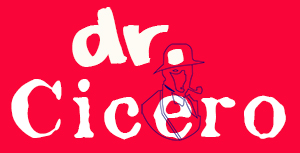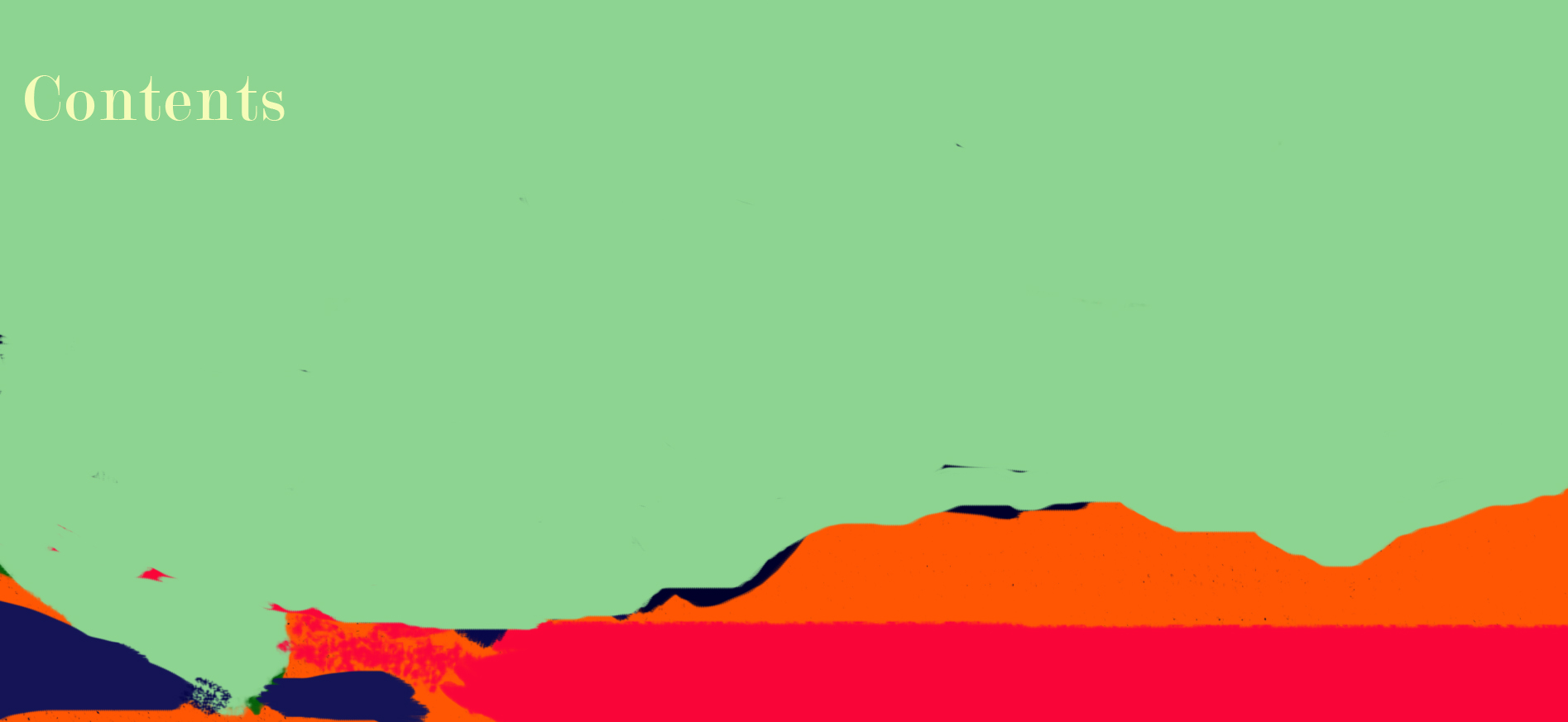











On Snö


“It was November, 1990. It’s afternoon,” the voice begins. This follows a shot of snow falling against a gray sky, the flakes appearing as black or negative flecks against the gray. The subject speaks into the snow. And in that speaking, we find something of the nature of memory, storytelling, and film: we don’t travel, in remembering, from present to past, but rather the reverse. The past becomes present. In doing so we move toward a self, a presence, through depths that are camouflaged by the sensory world. This voice cannot be said, here, to constitute a “voiceover” that, like the caption of a photograph, is meant to complete the image, to reveal the narrative phantom or ghostly subject that, even as it lies outside or beyond the image, haunts it with meaning.
In Richard Dinter’s short film Snö (Snow), it’s hard to know where these layers begin or end, and in this they resemble psychological drives, those mysterious expressions of an even more mysterious unconscious, the kernel of our external worlds. There is where the subject lies, unresolved. Here the subject’s drive is literal: “I’ve been out at my parents’ house. Mum and I are driving into town. It was snowing a lot, as I recall. I remember thinking the snowflakes were as big as corn flakes. I remember asking her if I oughtn’t to drive, with such poor visibility. But she was obstinate as usual and just shook her head. We get onto Dag Hammerskjöld Road, which is straight, leading more or less from our house all the way into town. I must have driven along that road more than a thousand times.”
This linear, horizontal description fractures the landscape of memory. It also drives open the vertical layers of the speaking subject, its sense of relationships both internal and external, contiguous and contradictory. The familiarity of the origin, the family home, the drive with the mother into an unnamed and therefore familiar town. The snow both familiar and memorable, general and particular: how much it was snowing, how big the individual flakes were, a child’s sense of scale reflected in the comparison with breakfast cereal. Likewise the roles played by mother and son, familiar roles now in question: with the storm as severe as it is, oughtn’t the son drive? Her reluctance to relinquish control is familiar. There is also a shadow of history, the straight and familiar road given a proper name, that of the Swedish economist and diplomat, the second Secretary-General of the United Nations, killed in a suspicious air crash in September 1961 en route to negotiate a ceasefire in the Congo crisis.
Determined indeterminacy: the specific road leads more or less from origin to destination, familiar with repetition. As these words are spoken, we see the horizontal unfold: a silhouetted figure walking on a snow-shrouded street, lined with parked cars. We recognize that this silhouette is not the person speaking but a specular object, outside the subject, a perspective both clarified and disrupted when the wipers cross the windscreen and, at the same time, the frame. Blur and resolution, the quality of sight and the shakiness of the handheld camera. We see parts of bodies, the mother’s hands or jaw, legs that might be the speaker’s, walking or running, but never a whole figure. The swirling flakes not just “out there” but “in here,” layered over and through the windscreen. Open road in the storm, with dark pine forest on either side. Streetlights and power lines. There is infrastructure, society, culture and history, passing from private to public spheres, from kernel to shell. Ahead we see a frame within the frame, as Dag Hammerskjöld approaches the rectangle of a concrete underpass. Beyond lies darkness, the open Uppsala Plain.
At this instant, as the frames intersect, we also arrive at a crossroads, an X, where linear progression and vertical layering are sutured. “But today we’re visiting Dad. He’s died the previous week.” The drive, a kind of plot manqué, defines the highly compressed ten minutes of Dinter’s film. It is both literal and libidinal, spiraling through loss and trauma. A child of the snow country, Dinter is the son of a Croatian immigrant (who had emigrated first to Berlin, where he witnessed the end of the Third Reich) and Swedish mother, and while it may be tempting to see Snö as a sort of film memoir, a “meditation” on trauma and grief, Dinter himself rejects that reduction. Over several days in January, in Stockholm, we talked about this film in the context of his earlier work in radio. His most important influences as a filmmaker, he told me, are found in literature rather than film, in the work of writers like W.G. Sebald, himself a master of layering and associative detours. But it was the simultaneity of layering, he said, a compression nearly impossible in prose, that drew him to the visual.
Snö represents the most distilled example of Dinter’s interest in story, text, voice, and image. The story, Dinter says, follows the contours of his life, his reaction to his father’s death, a father whose life story and memory are central to much of Dinter’s work, particularly My Croatian Nose and Ghostbrothers. But Dinter’s voice, which appears in nearly all his work, is not simply an instrument of identity. That voice is husky and wistful and somehow granular, like individual particles rubbing against each other as they coalesce into a storm. Snö composes such a storm, structured by the drive, a detour, an unexpected visit to a trauma ward, and a return to the intended, linear destination. He struggled to translate into English a Swedish word that he feels represents the texture—one might call it the timbre—of his films, or of Snö most particularly. It’s like, he told me, the space between stations on the radio dial, when you lose reception. Static, he finally decided, was the right word. I thought about a blizzard’s sonic reverb, the looping networks of memory.
Much more could be said about the psychological portrait, the silhouette at the core of Snö, which does not resolve into a character study or an autobiography or memoir. The self is neither there on the screen nor out in the snow. Neither is history. At the end, moving back to the origin and forward beyond the future that is eclipsed by the film’s final frame, after a drive in which the gray sky and seemingly black flakes—more like ash than snow—are now white flakes whirling in a night sky, mother and son are greeted at the mortuary by an undertaker:
“He shows us into a fairly large room with bird motifs on the walls. Leading off the room there’s a door, slightly ajar, so light trickles onto the floor. He points towards the door...and says: that’s where your father is...”
—Eben Wood

